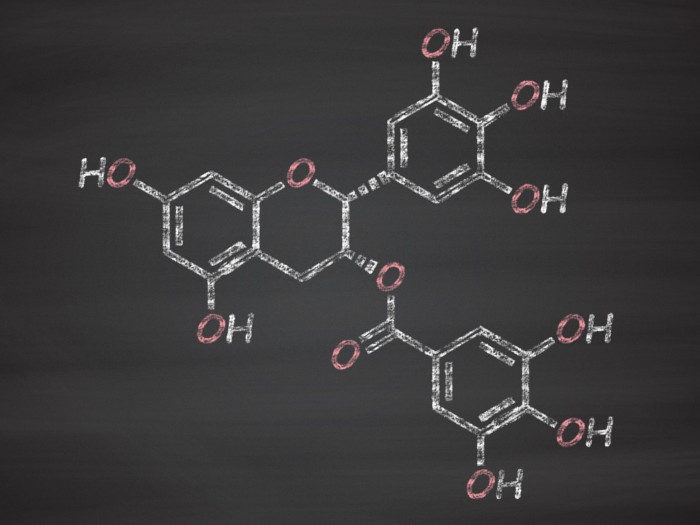Many people seek out foods high in polyphenols because of the apparent health effects of this compound, but understanding what they are and what they can do is very important.
What Are Polyphenols?
Polyphenols are organic compounds widely present in fruits and vegetables and demonstrate certain antioxidant capacities. They are structurally classified based on having multiple phenol groups. A phenol group, quite simply, is a compound with a hydroxyl group (-OH) bonded to an aromatic carbon group. The most common example of this is carbolic acid (C6H5OH). Depending on the number and arrangement of these phenolic groups, various polyphenolic compounds will have different biological and chemical effects within the body. The full scope of their health effects has thus far not been studied. Some of the in vitro evidence is more difficult to identify than in vivo. [1]
Even so, many medical professionals – both formal and traditional – recommend increasing the amount of high-polyphenol foods in your diet, as they are often anti-inflammatory, antioxidant, and antibacterial in nature, among many other possible benefits.

Polyphenols are powerful biological compounds. Photo Credit: Shutterstock
Foods High in Polyphenols
The foods that have the highest levels of polyphenols include cloves, star anise, cocoa powder, dark chocolate, beans, black and green tea, and berries, among others. Although the numbers vary, experts claim that consuming at least 650 mg of polyphenols each day can increase overall health and longevity.
Cloves
With the highest concentration of polyphenols, cloves contain more than 15,000 milligrams of polyphenols per 100 grams. This is in addition to the other anti-inflammatory, anti-spasmodic, and carminative effects from this popular spice. [2]
Star Anise
One of the best foods high in polyphenols, star anise offers more than 5,500 milligrams of these antioxidants per 100 grams and is known to boost immune system strength, particularly when it comes to respiratory infections. [3]
Dark Chocolate
This surprisingly healthy sweet offers roughly 1,800 milligrams of polyphenols per 100 grams. For those with a sweet tooth, this chocolate isn’t only high in antioxidants, but also in heart-healthy compounds and those that will help boost nervous system health. [4]
Berries
There are many different berries out there, but when it comes to polyphenolic content, they all range from between 550 and 1,700 milligrams per 100 grams, in addition to bringing fiber, vitamins, and other antioxidants into your system. [5]
Beans
As opposed to some of the fruits and spices listed above, beans are relatively low in polyphenols, with anywhere between 50 and 100 milligrams per 100 grams. Of course, we are also more prone to eat larger concentrations of beans, unlike eating large quantities of star anise or cloves. [6]
Nuts
Nuts have a broad range of polyphenolic content, with chestnuts being near the top with about 1,200 milligrams per 100 grams, while almonds round out the bottom of the list with just under 200 milligrams per 100 grams. [7]
Soy
Many people choose to use soy flour, rather than regular wheat flour, and they will certainly get higher polyphenolic benefits from that choice. Soy flour contains more than 450 milligrams of polyphenols per 100 grams. [8]
Black and Green Tea
Only coffee is higher in polyphenols than black and green tea, which boast 100 and 90 milligrams of polyphenols per 100 milliliters, as compared to coffee, which offers more than 210 in every 100-ml cup.
Red Wine
Red wine is famed for its tannin content, which is a type of polyphenol, so you can consume roughly 100 milligrams of polyphenols in every 100 ml of red wine. [9]
Cocoa Powder
Cocoa powder is one of the most concentrated sources of polyphenolic compounds, boasting more than 3,400 milligrams in every 100 grams. This is in addition to being low in calories, high in fiber, and impressively high in protein, making it an excellent element to add to a healthy diet. [10]
Vegetables
Vegetables include great foods high in polyphenols, such as black olives, green olives, artichokes, spinach, and red onion, among many others. Per 100 grams, most vegetables range from 100 mg-600 mg of polyphenols.
